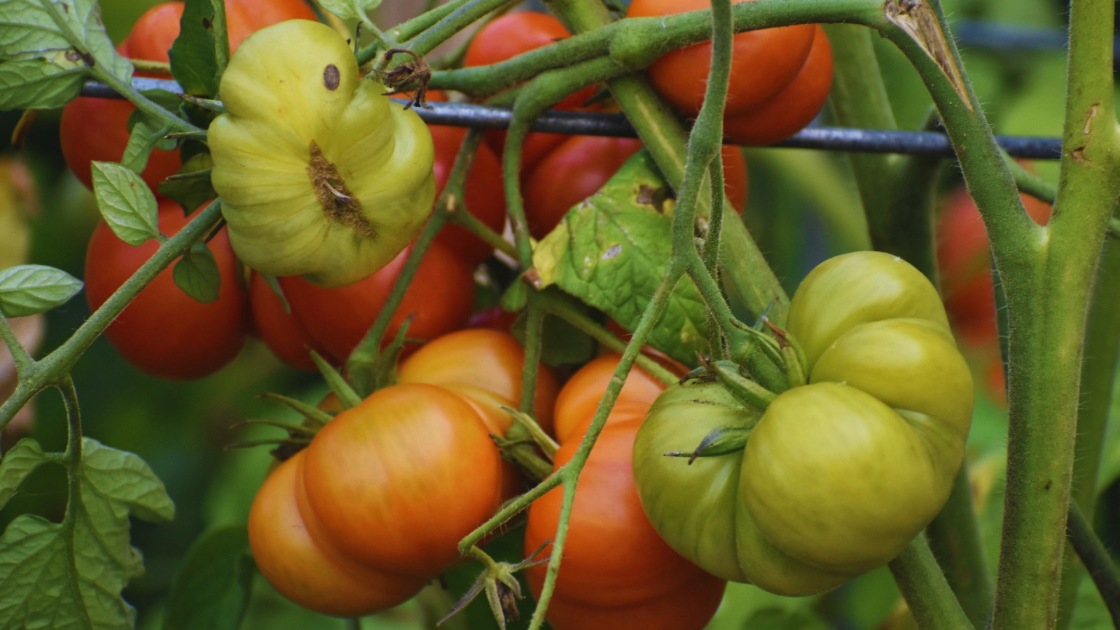A blood moon happens during a lunar eclipse when all of Earth’s sunrises and sunsets give the Moon a reddish-brown color A total lunar eclipse occurs when the Moon moves through the Earth’s shadow while passing opposite the Sun. Despite being in full shadow, the Moon will remain lit, or glow, from all of Earth’s …




